Acute Low Back Pain: Exercises

Here is an example of typical rehabilitation exercise for acute low back pain. Start the exercise slowly. Ease off the exercise if you start to have pain. Your doctor or physical therapist will tell you when you can start these exercises and which ones will work best for you. When you are not being active, find a […]
Low Back Arthritis: Exercises
Here are some examples of typical rehabilitation exercises for low back arthritis. Start each exercise slowly. Ease off the exercise if you start to have pain. Your doctor or physical therapist will tell you when you can start these exercises and which ones will work best for you. When you are not being active, find […]
Getting Back to Normal After Low Back Pain: Care Instructions
Almost everyone has low back pain at some time. The good news is that most low back pain will go away in a few days or weeks with some basic self-care. Some people are afraid that doing too much may make their pain worse. In the past, people stayed in bed, thinking this would help […]
